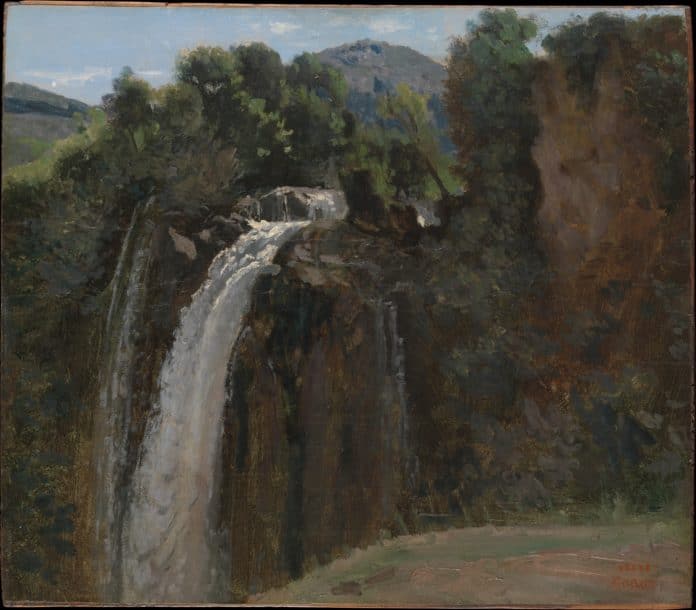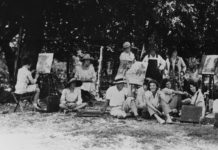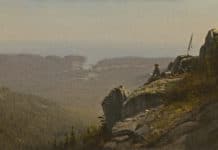
As a plein air painter, you are part of one of the largest art movements in history. Learn about Jean-Baptiste-Camille Corot, and be inspired to continue your own journey.
Artist Jean-Baptiste-Camille Corot
For any European painter of the early 19th century, the Italian landscape held an almost mystical appeal, luring the likes of a young Jean-Baptiste-Camille Corot (French, 1796–1875) with its natural beauty and antique monuments. The candor, naturalism, and seemingly intuitive structure of this sketch, made during his first trip abroad, attest to the artist’s mastery of plein air to capture the country’s marvels.
Although Corot didn’t exhibit informal works like this one, he tried to infuse the paintings he began to show at the Salon the next year with the same vigorous sensibility. Back in France, he settled into an annual routine of travel and plein air sketching in spring and summer, followed by winter work in the studio to elaborate his sketches into exhibit-worthy compositions.
Too old to be directly associated with Realism or Impressionism, the artist provides a transition from the sharp academic style that ruled in his day with his focus on the natural world and the lyrical expressiveness of his work. His students, including Camille Pissarro and Berthe Morisot, often credited Corot’s plein air techniques for teaching them how to capture their own emotional responses to a natural setting.
Watch a documentary about the plein air painting movement to learn more about its history and evolution:
Upcoming travel and art events with Streamline Publishing:
- May 2-6, 2020: The 9th Annual Plein Air Convention & Expo
- June 7-14, 2020: Publisher’s Invitational: Paint Adirondacks
- October 12-19, 2020: Publisher’s Invitational: Fall Color Week in New Hampshire’s White Mountains
- Click here to subscribe to the free newsletter, Plein Air Today
- And click here to subscribe to PleinAir Magazine so you never miss an issue!



